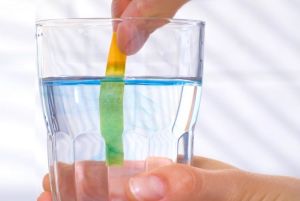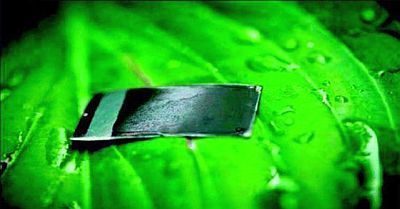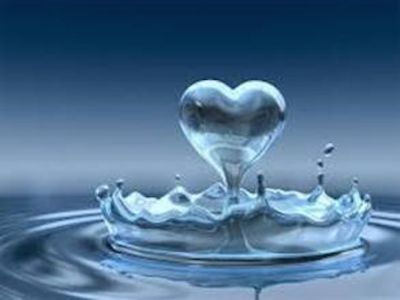According to Popular Reviews “A super hydrating water will definitely improve your overall health.” Hydrated water increases your energy levels and improves appearance. You’ll look and feel amazing!
 Dr. Joseph Mercola – Alkaline water is experiencing a resurgence in popularity with sales jumping from $47 million in 2014 to $427 million in 2017.1 Marketers claim alkaline water can correct excess acidity in your tissues, which can then prevent or reverse cancer, arthritis and other degenerative diseases.2
Dr. Joseph Mercola – Alkaline water is experiencing a resurgence in popularity with sales jumping from $47 million in 2014 to $427 million in 2017.1 Marketers claim alkaline water can correct excess acidity in your tissues, which can then prevent or reverse cancer, arthritis and other degenerative diseases.2
However, there’s virtually no good evidence to support such claims, and I warned people about drinking alkaline water on a regular basis over eight years ago. Molecular hydrogen, on the other hand, does have a number of health benefits, some of which mirror the claims made for alkaline water — and there’s a really good reason for that.
So, here, I’ll review these two types of waters, and the scientific support (or lack thereof) for each of them, and how the benefits of molecular hydrogen were inappropriately transferred over to alkaline water — primarily due to ignorance. Continue reading

 We have been looking for alternative fuel sources for years! Now, scientists have discovered that certain bacteria can take hydrogen molecules that have been split from water using the energy of the sun, and convert them to alcohol based fuel.
We have been looking for alternative fuel sources for years! Now, scientists have discovered that certain bacteria can take hydrogen molecules that have been split from water using the energy of the sun, and convert them to alcohol based fuel. My desire to have a stronger connection with Gaia has been coming to me through water.
My desire to have a stronger connection with Gaia has been coming to me through water.